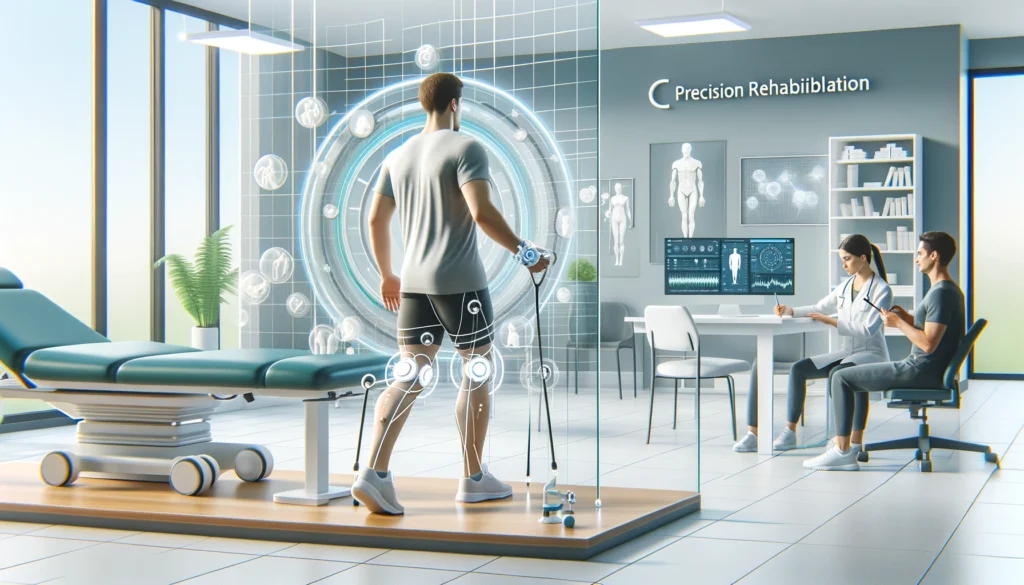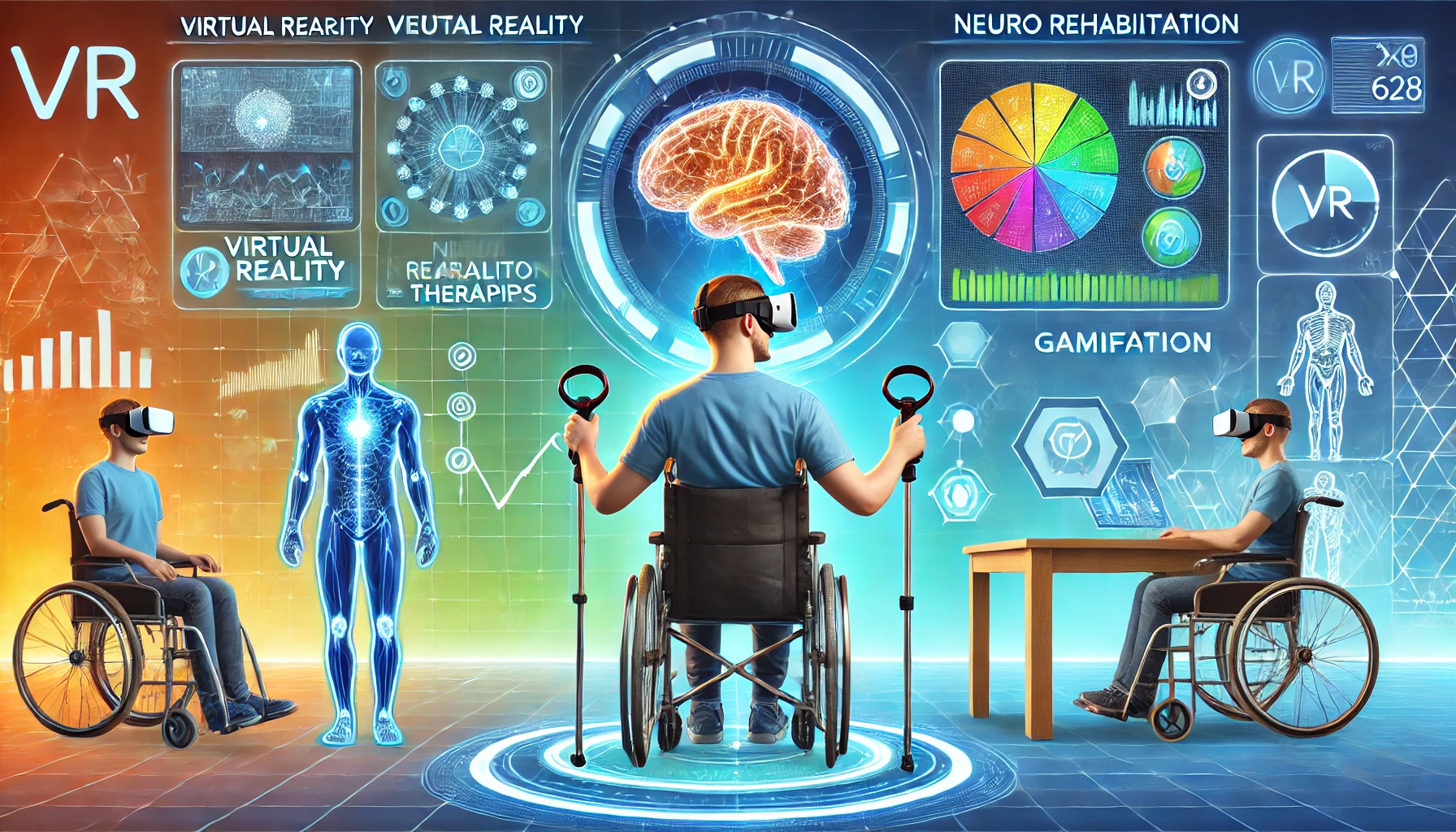Precision Rehabilitation in Orthopedic Physical Therapy – The Future of Personalized Recovery
- byDr. Aiswarya Biju, BPT, MIAP
- Sunday 26, 2025

Introduction
Orthopedic physical therapy has come a long way from one-size-fits-all exercise programs. Today, precision rehabilitation is taking center stage, offering personalized treatment plans that cater to the unique needs of each patient. By leveraging advanced technology and data-driven insights, therapists can optimize recovery and improve outcomes for patients with musculoskeletal injuries or post-surgical conditions.

What is Precision Rehabilitation?
Precision rehabilitation is a tailored approach to physical therapy that uses data from wearable devices, motion analysis systems, and patient-reported outcomes to create highly individualized treatment plans. This method ensures that every exercise, intervention, and goal is aligned with the patient’s specific condition, progress, and lifestyle.
Key Components of Precision Rehabilitation
- Wearable Technology: Devices like smartwatches, activity trackers, and motion sensors collect real-time data on movement, strength, and recovery.
- 3D Motion Analysis: Advanced systems analyze gait, posture, and joint mechanics to identify movement dysfunctions.
- Patient-Specific Goals: Treatment plans are designed around the patient’s unique goals, whether it’s returning to sports, improving mobility, or reducing pain.
- Data-Driven Adjustments: Therapists use continuous data to tweak exercises and progressions for optimal results.
Benefits of Precision Rehabilitation
- Faster Recovery: Personalized plans address the root cause of the problem, speeding up healing.
- Improved Adherence: Patients are more likely to stick with a program that feels tailored to their needs.
- Better Outcomes: Targeted interventions lead to stronger, more functional recoveries.
- Injury Prevention: By addressing movement imbalances, precision rehab reduces the risk of future injuries.
Applications in Orthopedic PT
- Post-Surgical Rehabilitation: Customized programs for patients recovering from joint replacements, ACL repairs, or rotator cuff surgeries.
- Sports Injuries: Tailored plans to help athletes regain strength, flexibility, and performance.
- Chronic Pain Management: Personalized exercises to address the underlying causes of conditions like osteoarthritis or tendinopathy.
- Workplace Injuries: Ergonomic assessments and targeted exercises for patients recovering from repetitive strain injuries.
Case Study: Wearable Technology in ACL Recovery
A recent study published in the Journal of Orthopedic & Sports Physical Therapy highlighted the use of wearable sensors in ACL rehabilitation. Patients who used wearable devices to monitor their knee mechanics during exercises showed better alignment and faster recovery compared to those who followed traditional rehab protocols.
The Future of Precision Rehabilitation
As technology continues to advance, precision rehabilitation will become even more sophisticated. Emerging trends include:
- AI-Powered Insights: Artificial intelligence will analyze patient data to predict recovery timelines and recommend optimal interventions.
- Tele-Rehabilitation Integration: Remote monitoring and virtual coaching will make precision rehab accessible to more patients.
- Regenerative Medicine Synergy: Combining precision rehab with treatments like platelet-rich plasma (PRP) or stem cell therapy for enhanced healing.
Conclusion
Precision rehabilitation is transforming orthopedic physical therapy, offering patients a smarter, more personalized path to recovery. By harnessing the power of technology and data, therapists can deliver targeted interventions that maximize outcomes and improve quality of life.
- Aquatic Therapy – A Low-Impact Solution for Pain Relief and Rehabilitationby Dr. Aiswarya Biju, BPT, MIAP
- Cardiac Telerehabilitation – Revolutionizing Heart Health Recoveryby Dr. Aiswarya Biju, BPT, MIAP
- Blood Flow Restriction (BFR) Training – A Breakthrough in Orthopedic Rehabilitationby Dr. Aiswarya Biju, BPT, MIAP
- Precision Rehabilitation in Orthopedic Physical Therapy – The Future of Personalized Recoveryby Dr. Aiswarya Biju, BPT, MIAP
- Virtual Reality (VR) and Gamification in Neuro Rehabilitation – A Game-Changer for Recoveryby Dr. Aiswarya Biju, BPT, MIAP








